Chinese scientists have confirmed the discovery of a new type of niobium ore at the world's largest rare earth mine in Baotou City, Inner Mongolia.
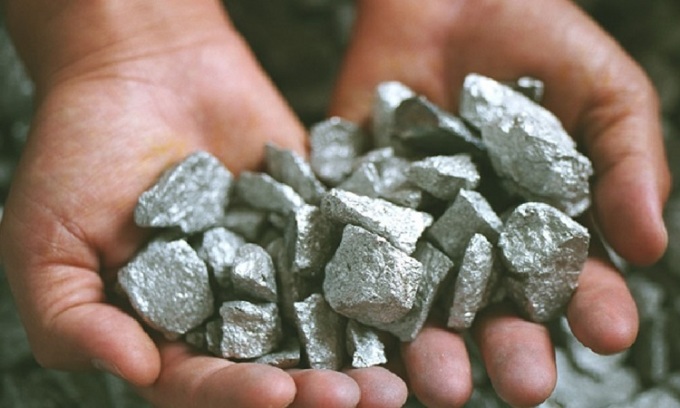
Nioni is highly valued in the steel industry. Photo: ARM
China on October 5 officially confirmed that geologists had discovered a new ore at the world's largest rare earth deposit, containing niobium, a shiny light gray metal valued in the steel industry for its strength and superconductivity, according to the South China Morning Post . The niobium mine, called niobobaotite, received an approval number from the International Mineralogical Association's classification committee, according to the China National Nuclear Corporation (CNNC).
Niobobaotite, discovered at the Bayan Obo mine in Baotou City in Inner Mongolia, is a dark brown ore composed of niobium, barium, titanium, iron and chlorine. Niobium is a rare earth element used primarily in the steel industry. Steel made with less than 1% niobium is much stronger and lighter, according to Geoscience Australia. Niobium alloys are used in construction materials, oil and gas pipelines, propeller blades and jet engines. Niobium is also a low-temperature superconductor, making it useful in the production of superconducting magnets for particle accelerators and magnetic resonance imaging (MRI).
Geologists from a CNNC subsidiary discovered the metal ore on Oct. 3, making it the 17th new metal discovered in Baotou and the 150th in the region. Brazil dominates global niobium production, accounting for nearly 89 percent of output, followed by Canada with about 8 percent. Brazil has more than 90 percent of the world’s known niobium reserves, according to the U.S. Geological Survey.
Antonio H. Castro Neto, professor of electrical and computer engineering at the National University of Singapore, said: "The discovery is important for China because the majority of the niobium China uses in its steel industry is imported. Depending on the volume and quality of the niobium in the ore, the discovery could help China become self-sufficient."
Niobium is also being used to reduce reliance on lithium batteries. Castro Neto, director of the National University of Singapore's Center for Advanced 2D Materials, says the graphene-niobium battery they've produced "can last for over 30 years." The center says the niobium-based battery is 10 times more durable than a conventional lithium-ion battery and has improved conductivity. It's also safer because it doesn't contain a flammable liquid electrolyte and can be fully charged in just 10 minutes, compared to hours for lithium batteries.
An Khang (According to SCMP )
Source link






![[Photo] Bustling construction at key national traffic construction sites](https://vstatic.vietnam.vn/vietnam/resource/IMAGE/2025/5/2/a99d56a8d6774aeab19bfccd372dc3e9)

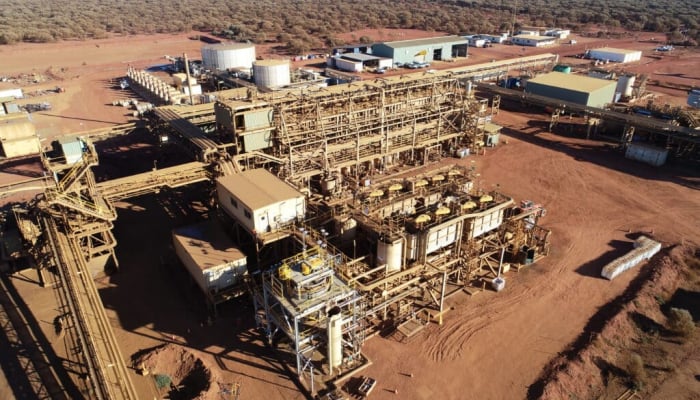

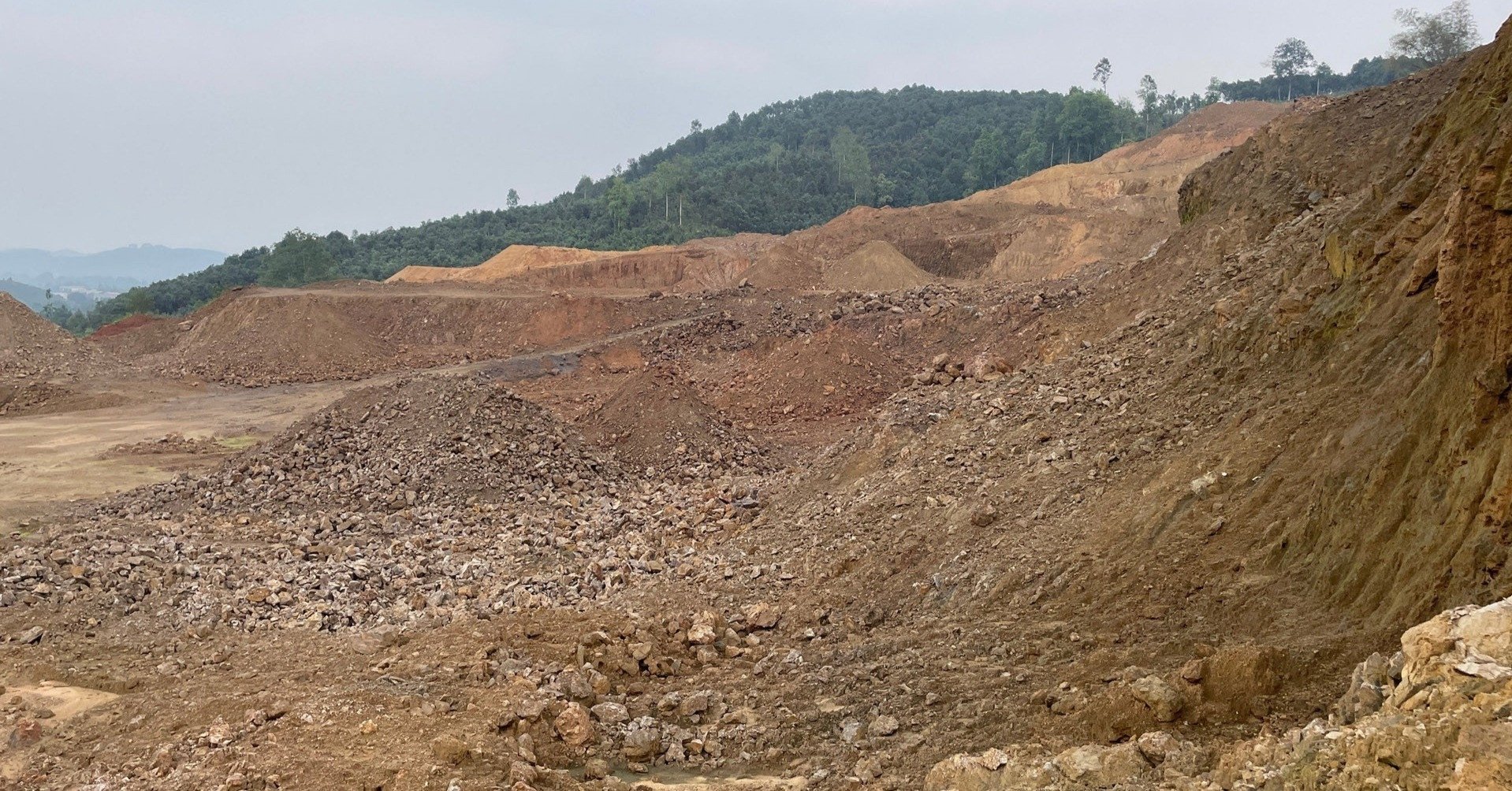

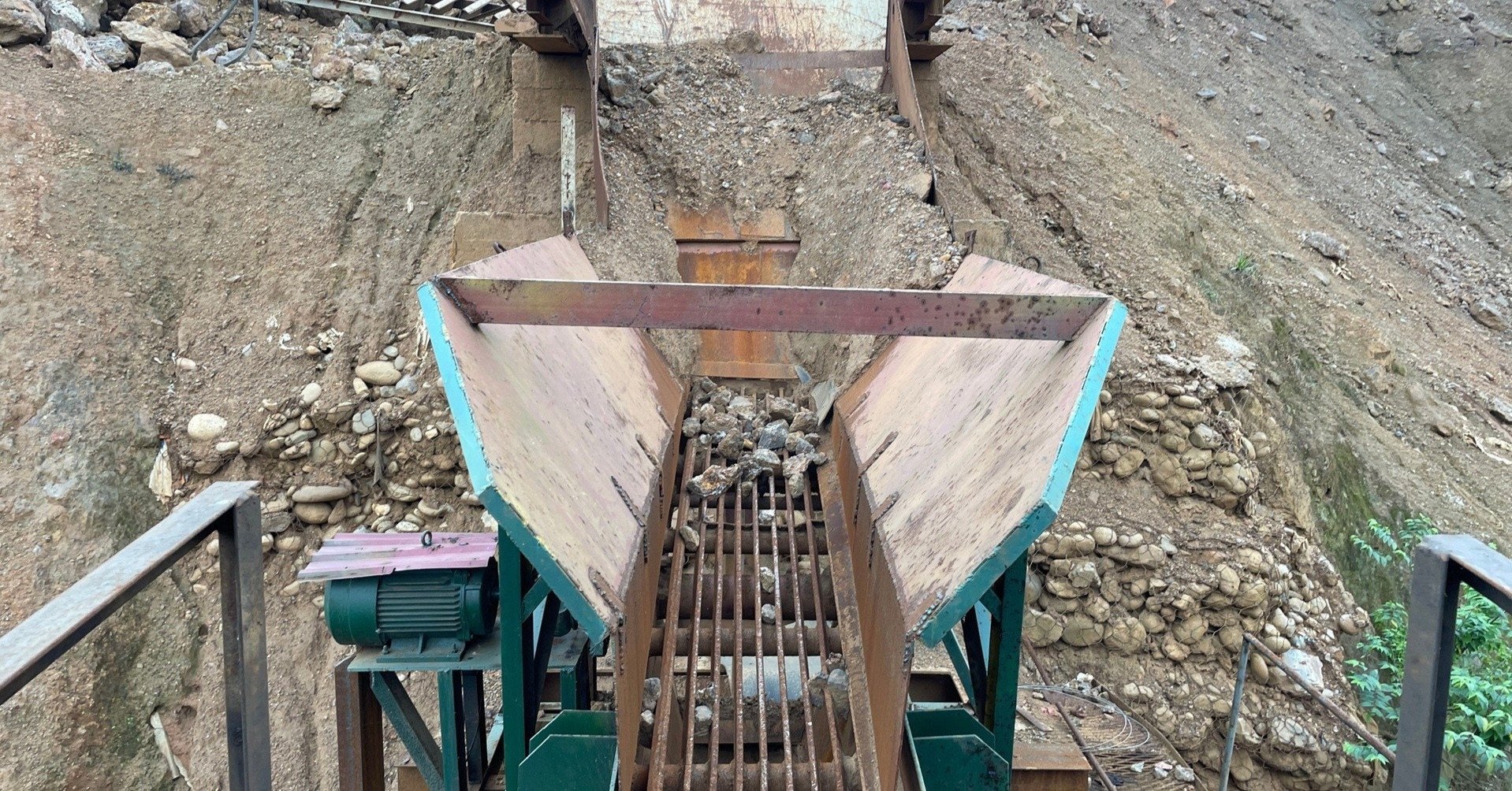


















![[Photo] Binh Thuan organizes many special festivals on the occasion of April 30 and May 1](https://vstatic.vietnam.vn/vietnam/resource/IMAGE/2025/5/1/5180af1d979642468ef6a3a9755d8d51)

![[Photo] "Lovely" moments on the 30/4 holiday](https://vstatic.vietnam.vn/vietnam/resource/IMAGE/2025/5/1/26d5d698f36b498287397db9e2f9d16c)




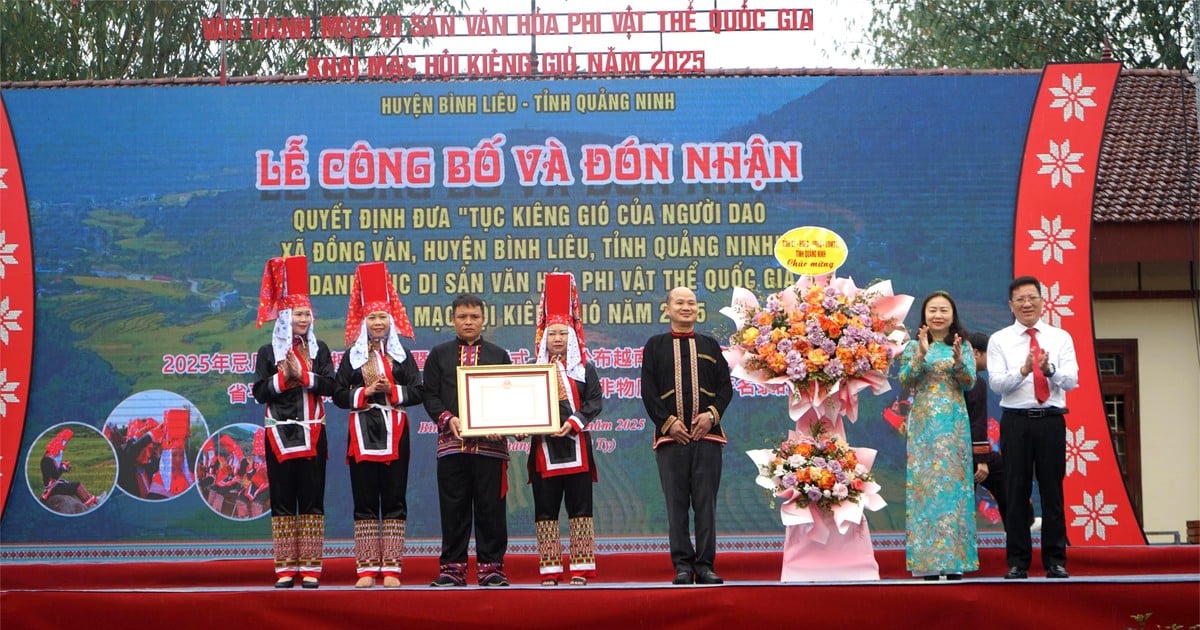







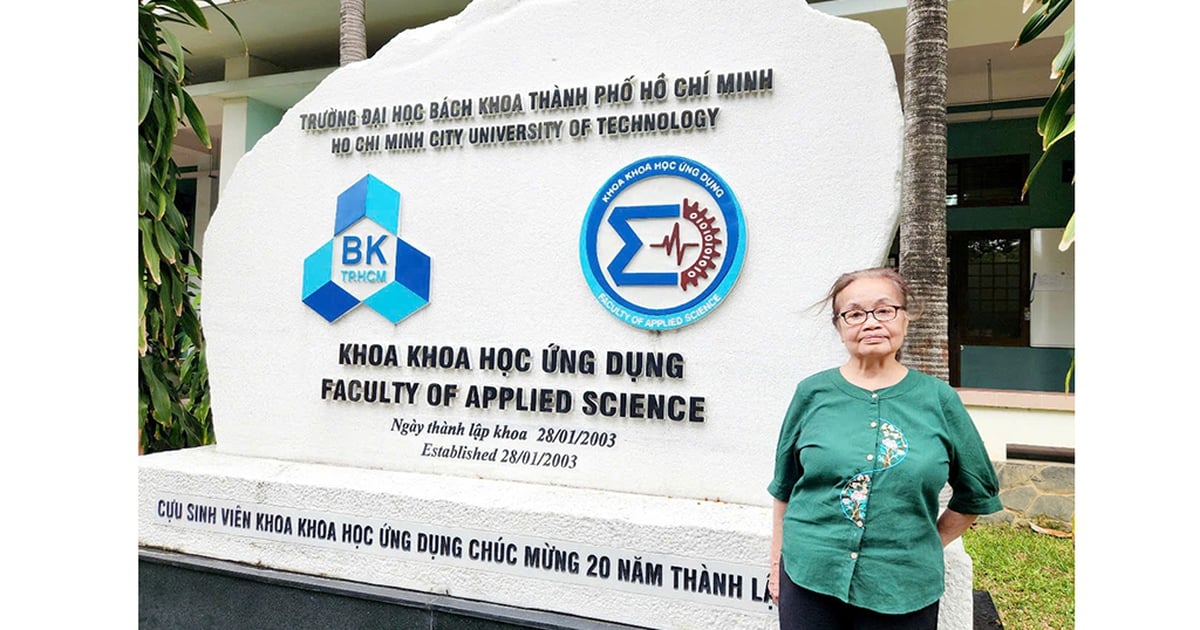
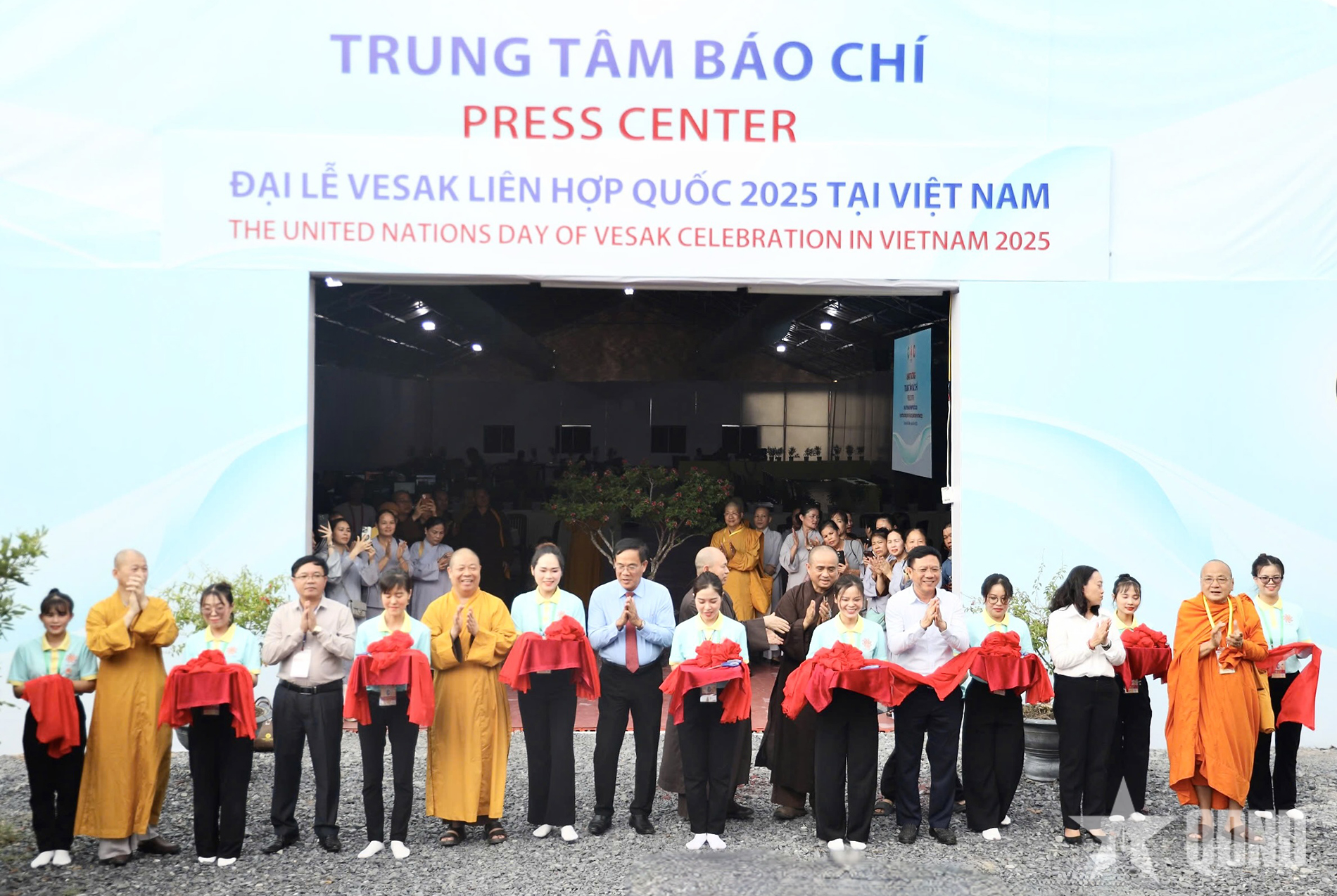


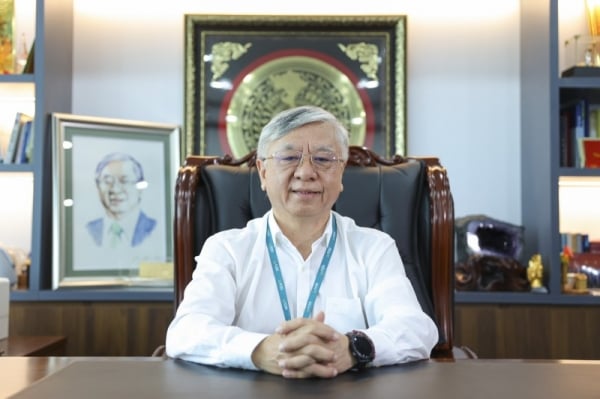













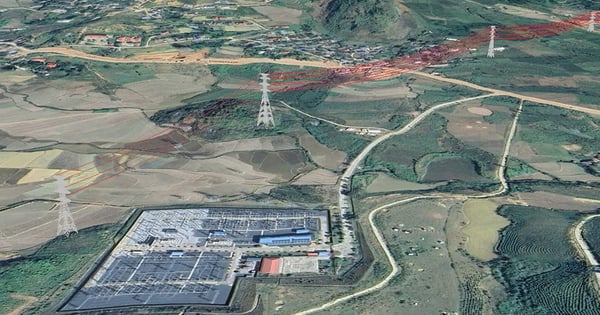


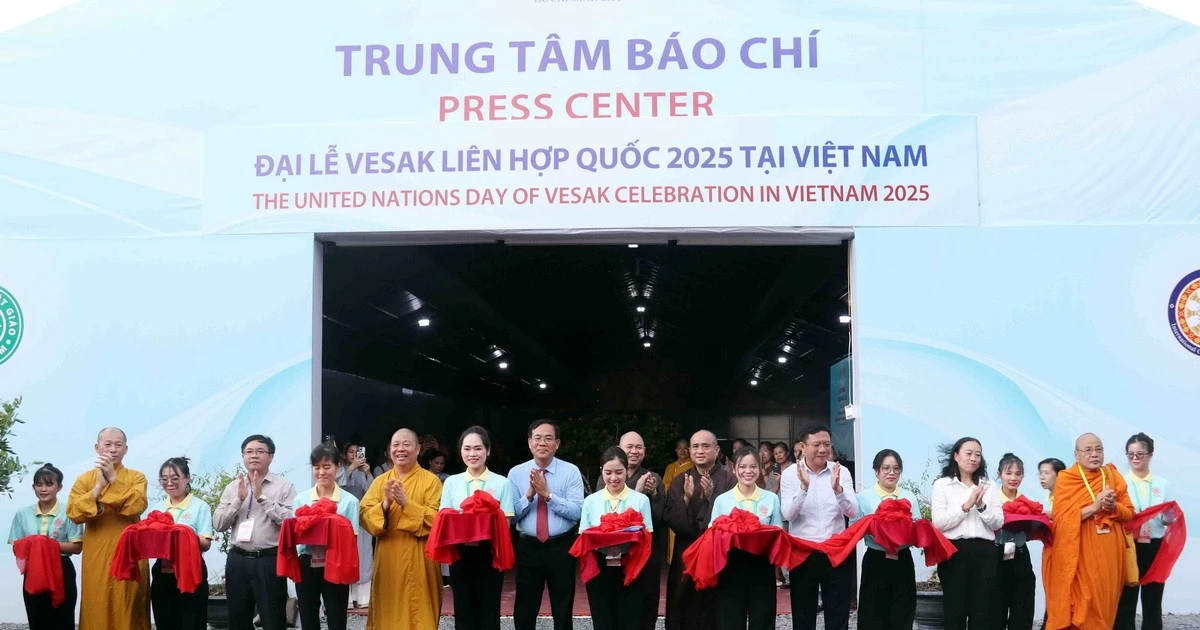




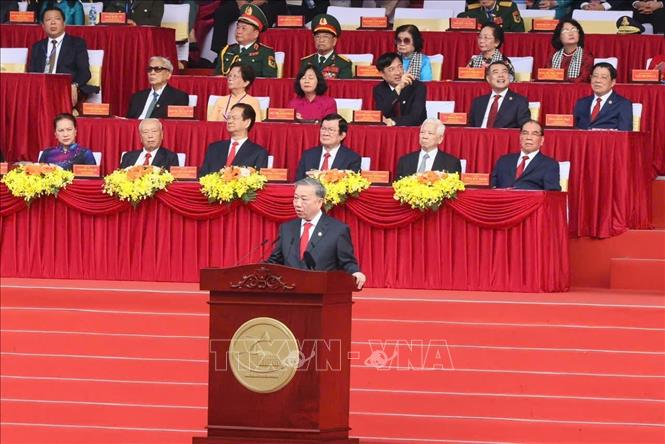























Comment (0)